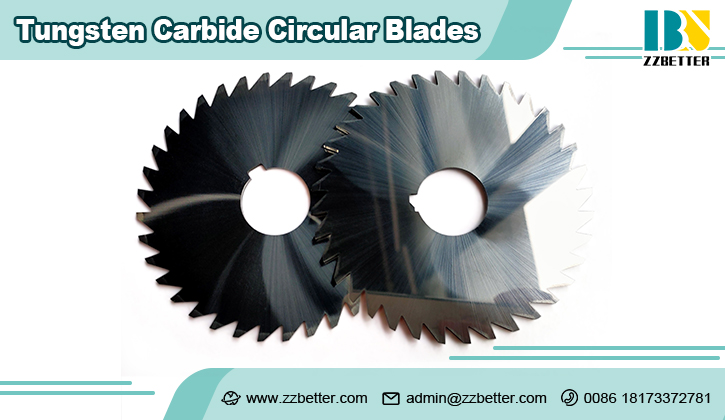Methods to Minimize Crack of Carbide Cutting Tool
Methods to Minimize Crack of Carbide Cutting Tool

1. Control the heating method to reduce crack generation.
When the brazing temperature is controlled at about 30-50°C higher than the melting point of the solder, the melting point of the selected solder should be lower than the melting point of the arbor by 60°C. During brazing, the flame should be evenly heated from the bottom to the top and slowly preheated for brazing. Therefore, the groove and the carbide blade are required. The brazing surface is consistent, local overheating will make the temperature difference between the blade itself or the blade and the tool holder larger, and the thermal stress will cause the blade edge to crack. The flame should be moved back and forth back and forth to heat, so as to avoid local overheating and cracks caused by the concentration of heat.
2. The effect of sipe shape on crack formation is well known.
The shape of the knife groove is inconsistent with the brazing surface of the knife shank or has a large difference, forming a closed or semi-closed groove shape, which is easy to cause excessive brazing surface and excessive welding layer. Due to the inconsistent shrinkage rate after thermal expansion, it is also easy for carbide blade brazes to cause excessive stress and form cracks. The area of the brazing surface should be reduced as much as possible under the condition of satisfactory weld strength requirements for use.
3. Cool down smartly.
Rapid cooling during or after brazing and poor dehydration of the flux will easily cause the carbide blade tip to burst and crack through. Therefore, the solder is required to have good dehydration properties. After brazing, it must not be placed in water for rapid cooling. After slowly cooling in the sand, etc., it is kept at about 300 ℃ for more than 6 hours and cooled with the furnace.
4. Pay attention to the effect of defects on the bottom surface of the sipe on the crack.
The contact surface between the blade and the kerf is not smooth. If there are black skin pits and local inequality reasons, the brazing cannot form a flat joint, which will cause uneven distribution of the solder, which not only affects the strength of the weld but also causes stress concentration, and it is easy to Causes the blade to break, so the blade should grind the contact surface, and the welding surface of the blade groove should be cleaned. If the support part of the tool holder is too large or the support part of the tool holder is weak, the tool will be subjected to tensile force during the brazing process and breakage will occur.
5.Pay attention to the effect of secondary heating of the blade on crack formation.
After the blade is brazed, the copper brazing filler metal does not completely fill the gap, and sometimes there will be some virtual welding, and some knives will fall off the blade during the process of being out of the furnace, so it needs to be heated twice. However, the cobalt binder is severely burned, and the WC grains grow, which may directly lead to blade cracks.
Cemented carbide has high hardness and brittleness. If the brazing process is negligent, it will be scrapped due to cracks. Understand the points of attention when brazing tungsten carbide cutting tools to avoid welding cracks.






















